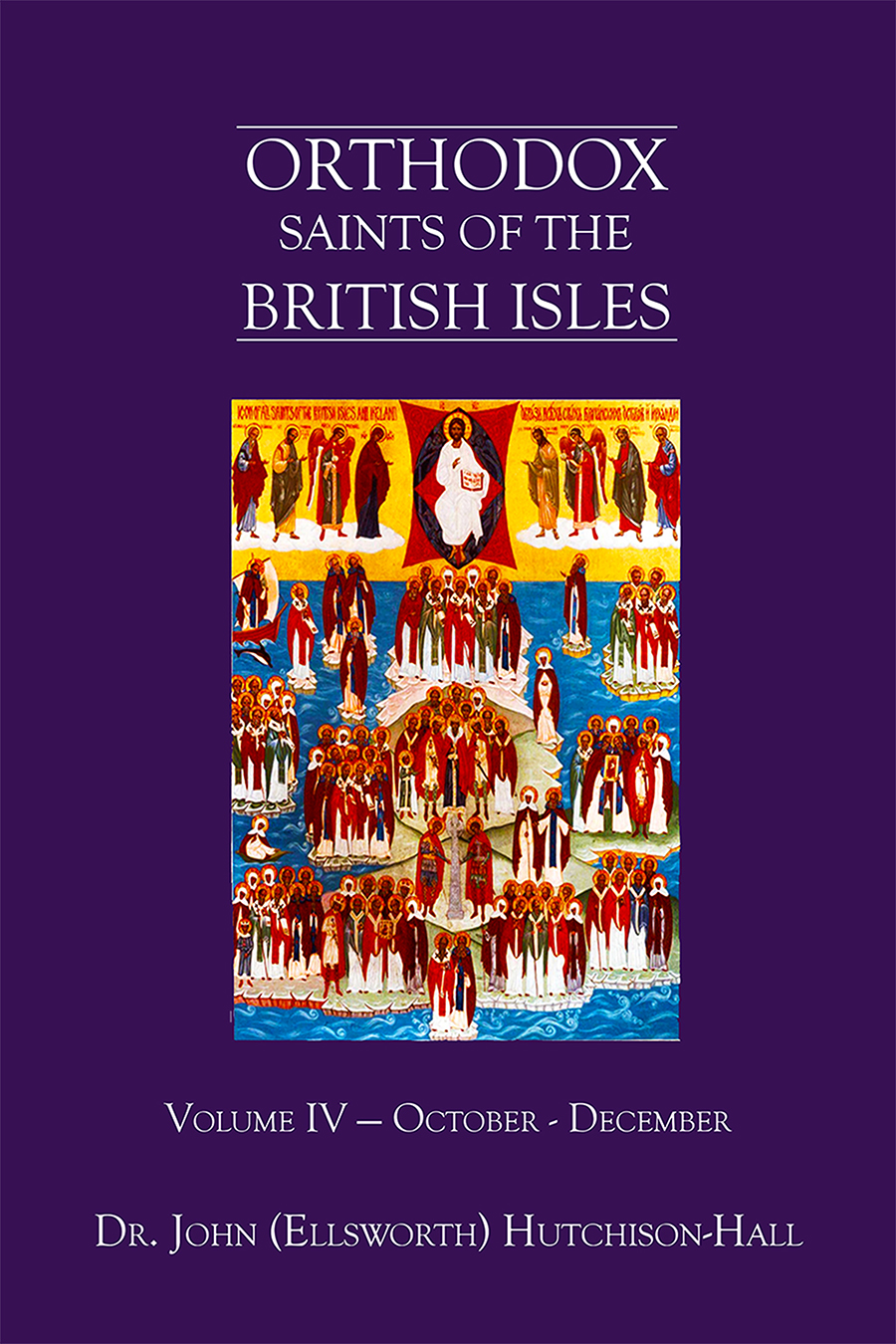
Orthodox Saints of the Pre-Schism
See of Rome
3rd October (NS) — 20th September (OS) 2023
CANDIDA of CARTHAGE, according to the Roman Martyrology, St. Candida was martyred in Carthage during the Diocletianic Persecution (303–313) by order of co-Emperor Maximian (r. 286–305). However, according to the pre-eminent hagiographic scholars of the Société des Bollandistes (the Bollandists), there is a compelling argument for doubting the veracity of the primary source documents upon which the date of her martyrdom is predicated.
EUSEBIA of MARSEILLE, Abbess of the Abbey of St. Cyr (abbaye Saint-Cyr) in Marseille (south-eastern France). St. Eusebia, along with an estimated forty other nuns, was martyred by the Saracens. There are various years recorded for their martyrdom ranging from the sixth century to ninth century.
EUSTACE of ROME, THEOPISTES of ROME, AGAPITUS of ROME, and THEOPISTUS of ROME, according to tradition SS. Eustace, an officer; Theopistes, his wife; and their sons Agapitus and Theopistus were a Roman family of some distinction. All of whom are reported to have been cooked to death, in the persecution of Christians during the reign of the Emperor Hadrian (r. 117–138).
GLYCERIUS of MILAN, seventeenth Archbishop of Milan (north-west Italy) from 436 until his repose circa 438. Very little is known of the life of St. Glycerius beyond he was a deacon in Milan before his election as Archbishop and possibly a tutor of the Western Roman Emperor, Valentinian III (r. 425–455).
VINCENT MADELGAIRE (MADELGARUS), St. Vincent Madelgaire was the husband of St. Waldetrudis of Mons (9th April), with whom he had four children, all of whom became saints: Landericus of Soignies (10th June), Dentlin of Soignies (16th March), Madalberta (7th September), and Aldetrudis (25th February). Around the year 653, SS. Waldetrudis and Vincent mutually decided to enter monasteries, with St. Vincent receiving tonsure at Hautmont Abbey (abbaye de Haumont), in Hautmont (northern France) of which he was the founder. He later served as Abbot of Hautmont, and circa 670 St. Vincent founded a monastery on his estate at Soignies in Hainaut (Belgium) where he reposed in 677.
Get your copy of Orthodox Saints of the British Isles today.
Available at Amazon or your favourite e-bookstore.
CANDIDUS the MARTYR, (Date Unknown), one of the many early martyrs in Rome who were either martyred or buried at a place called the Ursus Pileatus on the Esquiline Hill (one of Rome's Seven Hills). No further details are extant.
CYPRIAN of TOULON, a disciple of St. Cæsarius of Arles (27th August), who consecrated St. Cyprian Bishop of Toulon (southern France) in 516. He appears to have been present at the Synod of Arles of 524, and in the following years to have attended a number of other councils, where St. Cyprian showed himself an ardent opponent of Semipelagianism. St. Cyprian reposed in 546.
EWALD the FAIR and EWALD the DARK (BLACK), two priest-monks from Northumbria (England) with the same name who were styled 'the fair' and 'the dark or black' because of their hair colour. As was common at that time, they spent time studying in Ireland, and later travelled to Frisia (present-day Netherlands) to assist St. Willibrord of Echternach (7th November) in his evangelical labours. They were martyred together circa 695 at Aplerbeck, now a suburb of Dortmund (North Rhine-Westphalia, Germany).
FROILAN, a native of Lugo in present-day Spain, who, along with his friend St. Attilanus of Zamora (5th October), helped revitalise monastic life at Moreruela Abbey close to Zamora in Castile (north-western Spain). St. Froilan was consecrated Bishop of León (north-western Spain) in 900 serving until his repose in 1005.
GERARD of BROGNE, a member of the Lower Austrasian nobility, St. Gerard started out as a soldier, though even as a young man he displayed remarkable piety. He transformed a small chapel on his family’s estate into a large church, and eventually entered the Abbey of Saint Denis (abbaye Saint-Denis) in Paris, where received monastic tonsure and was ordained to the priesthood. St. Gerard returned to his native Namur (southern Belgium) where he built and served as Abbot of a new monastic community, later known as the Abbey of St. Gerard (abbaye Saint-Gérard de Brogne) in Brogne (present-day Saint-Gérard, Belgium). During the twenty-two years he was Abbot, St. Gerard reformed several monasteries in the region where discipline had lapsed. St. Gerard reposed in 959 at his Abbey in Brogne.
MAXIMIAN of BAGAIA, originally a Donatist, St. Maximian converted to orthodox Christianity and was later consecrated Bishop of Bagaia in Numidia (present-day Algeria). As bishop, he prohibited the Donatists from using the Basilica of Calvianum, and in retaliation they threw him from a tower to his death in 404.
MENNA (MANNA), a maiden from Lorraine (north-eastern France). The extant details of her life are not reliable; however, she is believed to have reposed circa 395.
UTTO of METTEN, a nephew of St. Gamelbert of Michaelsbuch (27th January), the founder of St. Michael's Abbey at Metten (Abtei Metten) in Bavaria (southern Germany). St. Utto served as the first Abbot of Metten, he reposed in 820.
WIDRADUS (WARÉ), the Abbot responsible for reviving the Abbey of St. Pierre (abbaye Saint-Pierre de Flavigny) in present-day Flavigny-sur-Ozerain, eastern France. St. Widradus reposed in 747.
Prior to the Schism the Patriarchate of Rome was Orthodox, and fully in communion with the Orthodox Church. As Saint John of Shanghai and San Francisco +1966 said “The West was Orthodox for a thousand years, and her venerable Liturgy is far older than any of her heresies”.
Details of British Saints excerpted from Orthodox Saints of the British Isles.
Details of continental saints from these sources.
In many cases there are several spelling versions of the names of saints from the British Isles. I use the Oxford Dictionary of National Biography version as the primary version with the more prevalent version in parenthesis e.g. Ceadda (Chad) of Lichfield.

